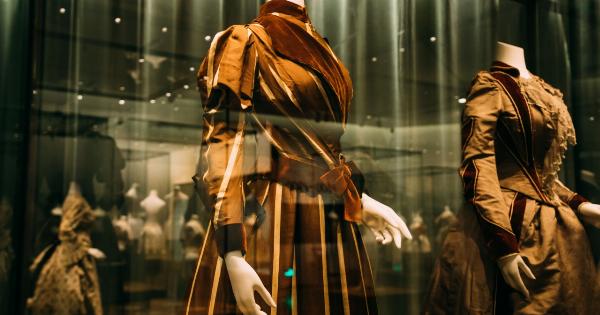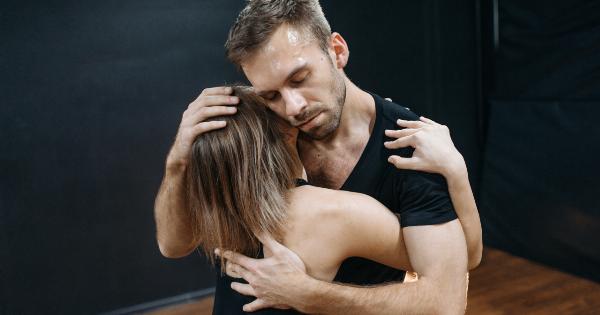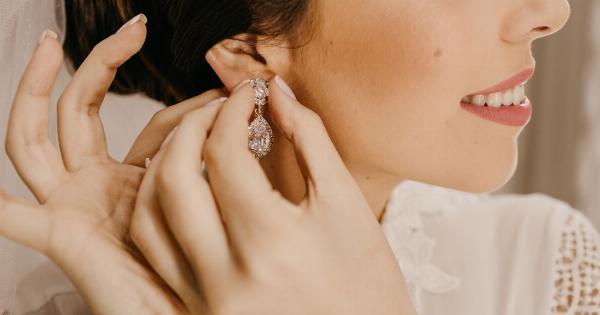Throughout history, the ideal female form and its attributes have continuously evolved, reflecting social, cultural, and even political changes.
From ancient civilizations to modern times, women have been celebrated for their beauty, grace, and femininity. However, what defines the “perfect” female shape has varied greatly from era to era. This article will explore the various ideals of the female body that have prevailed throughout history.
Ancient Times
In ancient civilizations, the ideal female form was characterized by proportions that emphasized fertility and motherhood. Women with wide hips, full breasts, and a soft stomach were seen as beautiful and desirable.
In Egyptian art, women were often depicted with slightly rounded bellies and full hips and thighs. These features represented a woman’s ability to bear children and nourish them with breast milk.
The Renaissance
In the Renaissance era, artists and thinkers celebrated the female form in new ways. Women were no longer merely symbols of fertility but were esteemed for their physical beauty and grace.
The ideal female shape in this period was voluptuous and curvy, with a small waist and ample hips and breasts. Paintings and sculptures from the time often depicted women with softly rounded features and flowing, feminine lines.
The Victorian Era
The Victorian era marked a shift in the way society viewed the female form. With a greater emphasis on morality and modesty, women were expected to cover their bodies and conceal their curves.
The ideal female shape during this time was thin and delicate, with a pale complexion and small, almost boyish features. The hourglass figure was no longer celebrated, and instead, women were encouraged to “corset” their waistlines to achieve a narrow, almost unnatural shape.
The Roaring Twenties
The 1920s marked a radical departure from the Victorian era. With a newfound sense of liberation and freedom, women began to reject the restrictive clothing and limiting ideals of the past.
The ideal female form of this decade was boyish, with a straight figure and minimal curves. Women were encouraged to adopt a “flapper” style, complete with short hair and a flat chest. Athleticism and youthfulness were emphasized over femininity and fertility.
The 1950s
The ideal female body of the 1950s was in stark contrast to that of the previous decade. With the end of World War II and a return to traditional values, women were encouraged to embrace their femininity and domesticity.
Curviness and hourglass figures were once again prized, and women were expected to dress in a way that emphasized their curves. The “pin-up” look became popular, characterized by full breasts, a small waist, and wide hips.
The 1990s
During the 1990s, a new ideal emerged: the “waif” or heroin-chic look. This look was characterized by ultra-thin, almost emaciated bodies, with jutting hip bones and visible ribs.
This extreme thinness was often accompanied by a ghostly pallor and a dark, brooding style. Many supermodels of the time, such as Kate Moss and Gia Carangi, helped to popularize this new look.
The Present Day
Today, the ideal female form is more diverse and inclusive than ever before. With the rise of social media and body positivity movements, women of all shapes and sizes are celebrated and embraced.
The hourglass figure remains popular, but other body types, such as the “pear” and “apple” shapes, are also celebrated. Athleticism and strength are now seen as desirable qualities, and women are encouraged to build their bodies through exercise and healthy habits.
Conclusion
The ideal female form has been in a constant state of flux throughout history, reflecting the cultural, social, and political values of each era.
From fertility and motherhood to athleticism and strength, the “perfect” female body has taken on many different forms. However, what remains consistent is the celebration and appreciation of feminine beauty and grace in all its diversity.






























